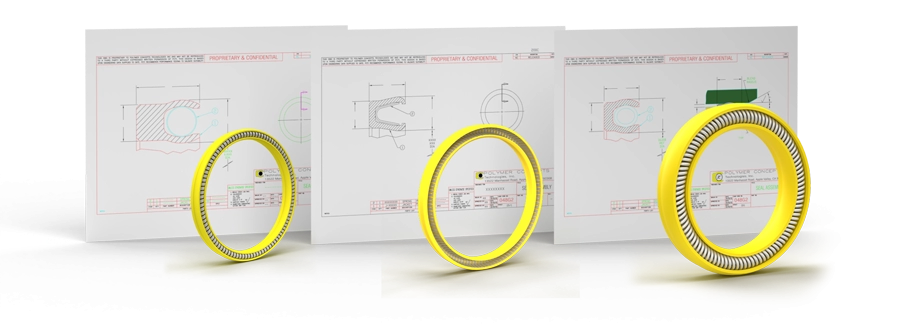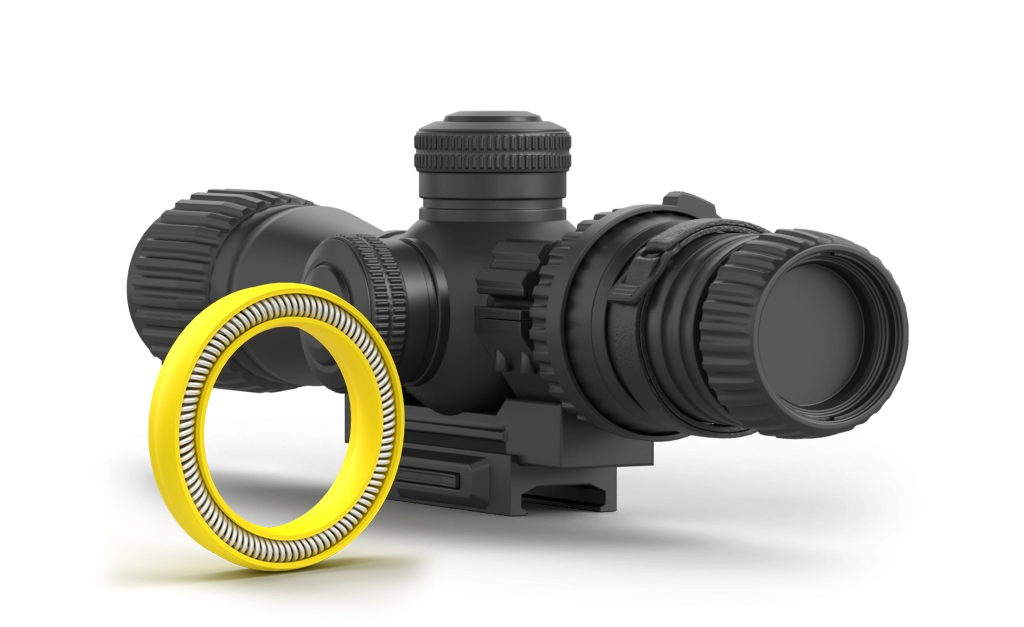As an engineer, designing and selecting seals that can provide low friction is critical to the efficiency and longevity of many applications. With the availability of various materials and designs, selecting the right low friction plastic seal can be overwhelming. In this post, we will explore the factors that should be considered when designing a low friction plastic seal, the different types of designs available, the materials commonly used, and the importance of testing and validating low friction plastic seals.
Understanding the Importance of Low Friction Polymer Seals
Low friction plastic seals are essential in engineering applications for several reasons. By reducing the amount of friction, energy consumption can be minimized, resulting in improved efficiency. Additionally, low friction plastic seals can reduce wear and tear on equipment, which can improve equipment lifespan and reduce maintenance costs. Proper selection and design of low friction plastic seals can also prevent the leakage of fluids or gases, providing a safe and reliable environment.
Factors to Consider When Designing Low Friction Polymer Seals
Several factors should be considered when designing low friction plastic seals, including the dynamic material and surface finish interface, seal jacket material, spring energizer, profile design, and application. Material selection is crucial, as different materials have varying properties that can affect the seal's performance. Seal Design factors, such as contact area and lip geometry, hoop stress, material coefficient of friction (COF), spring energizer can also impact the amount of friction generated. The application should also be considered, including the dynamic interface, temperature range, speed, and pressure, to ensure the seal's durability and efficiency.

Types of Low Friction Polymer Seal Designs
Low friction plastic seals designs including lip seals and spring energized seals. Lip seals are specific to rotating or oscillating applications and can handle low to very high surface speeds. Spring energized seals are used for rotating, oscillating and reciprocating applications, in various operating conditions.
Materials Used in Low Friction Polymer Seals
Various materials are used in low friction plastic seals, including PTFE, filled-PTFE and UHMWPE. PTFE is well-known for its low friction and chemical resistance, making it suitable for harsh chemical environments. Fillers are added to improved wear resistance, durability, and lubricity. UHMWPE is ideal for aqueous media applications, with low friction and wear resistance. PTFE has wide temperature range -423F to 600F. UHMW is limited to -240 to 200F. PTFE and filled PTFE materials are more commonly used.
Testing and Validation of Low Friction Polymer Seals
Testing and validating low friction plastic seals are critical to ensure their performance and reliability. Common testing methods include friction, life cycles, temperature and pressure cycling, and leakage. These tests can be used to evaluate the seal's durability, efficiency, and sealability.
Conclusion
Designing low friction plastic seals is crucial for optimizing efficiency, reducing wear and tear, and ensuring a safe and reliable environment in applications. By considering factors such as materials, spring selection, lip profile design, engineers can select the right low friction plastic seal for their specific application and the proper vendor to work with to test the seal(s). Proper testing and validation are also essential to ensure the seal's performance and reliability. As an engineer, it is crucial to keep up to date with the latest developments and trends in low friction plastic seals to optimize the performance of your applications.

